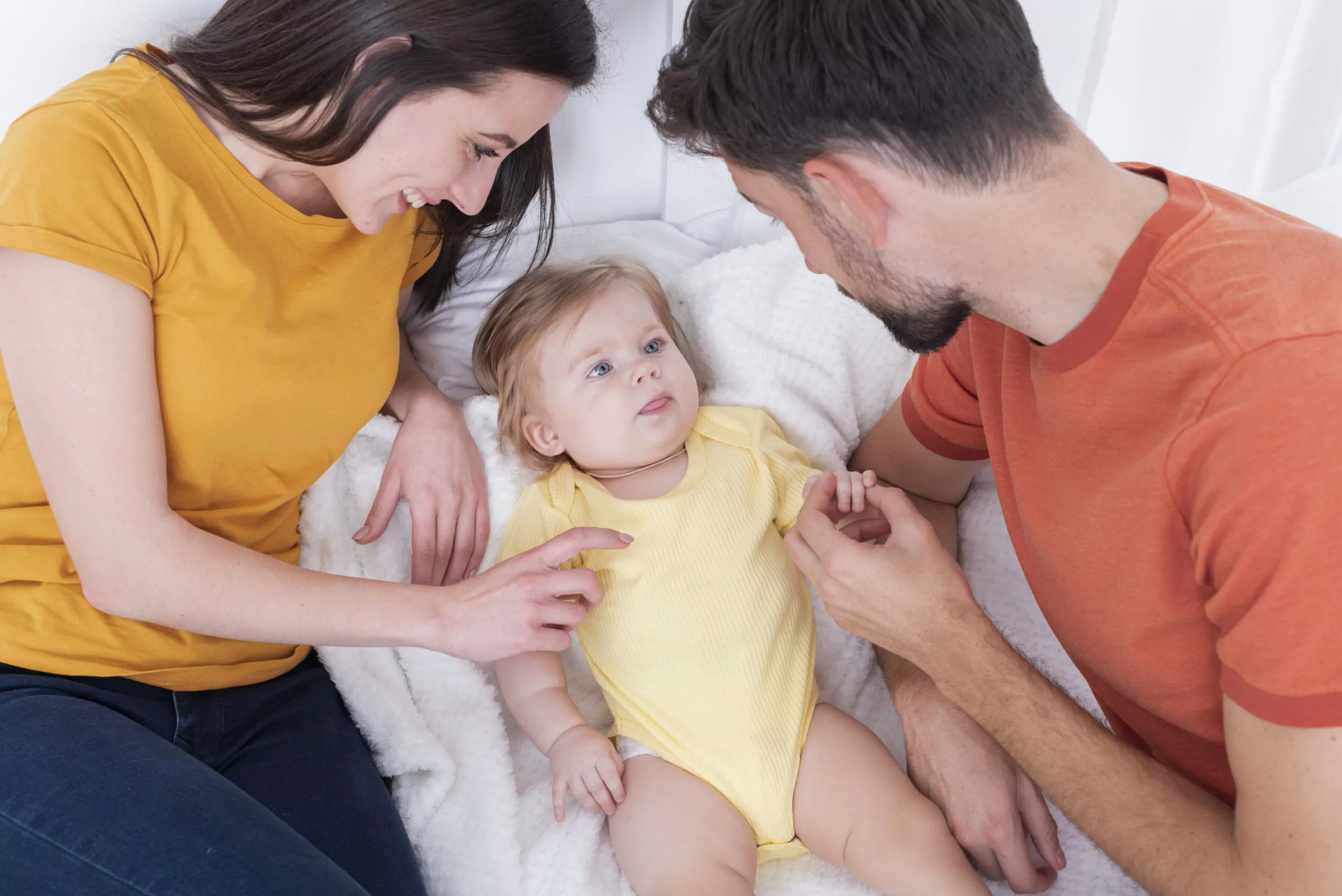What are Early Childhood Attachment Styles?
Attachment styles observed for children: As explained above, attachment styles are divided into different styles, such as secure, anxious, and avoidant. Hazan and Shaver made this classification for adults that Ainsworth made for children and obtained a similar classification for adults as secure, anxious, and avoidant attachment styles.
Secure Attachment Style
First of all, to talk about secure attachment style, they stated that people who are securely attached have no problems establishing close relationships, see others as trustworthy, and are not afraid of being abandoned. In other words, these people see themselves as valuable and feel comfortable establishing closeness in their relationships. When securely attached individuals examine their relationships, it has been found that they display attitudes that are secure, happy, and easily accept their partner’s mistakes.
Anxious Attachment
Secondly, it was found that the person with anxious attachment felt uncomfortable being in a close relationship with the person with whom he was in a romantic relationship, that the person he was with did not want to continue the relationship, did not love him, and had emotional ups and downs. These people have a deep sense of worthlessness towards themselves and they think that they can gain this value by getting too close to others. It has been observed that anxious individuals doubt themselves in romantic relationships, see others as reluctant to establish closeness with them, and are obsessive and jealous in their relationships.
Avoidant Attachment
Finally, it has been stated that people with avoidant attachment feel uncomfortable having very close relationships and have the idea that the people they are with are trying to treat them more closely than they would like. These people feel valued by overemphasizing their independence and, on the contrary, avoid closeness due to their negative expectations of others. In short, these individuals, who are classified as avoidant, avoid intimacy because they are afraid of it.
Attachment style is defined as the quality of interactions with parents at an early age and patterns shaped by one’s expectations, beliefs, needs, emotional control strategies and social behaviors in future romantic relationships. Many researchers have shown that these attachment experiences, which occur as a result of interactions with parents during childhood, determine future romantic relationships. In a study conducted by Shaver, Hazan, and Bradshaw in 1988, they suggested that attachment theory is the same in adulthood, arguing that people with whom they have a romantic relationship in adulthood establish similar relationships with the caregiver in their childhood, and therefore showed that attachment theory can be used in adulthood as well. For example, a baby who bonded avoidantly with his/her caregiver in childhood and did not establish emotional closeness with his/her caregiver will similarly refrain from establishing emotional closeness with his or her romantic partner in the future and avoid bonding.





